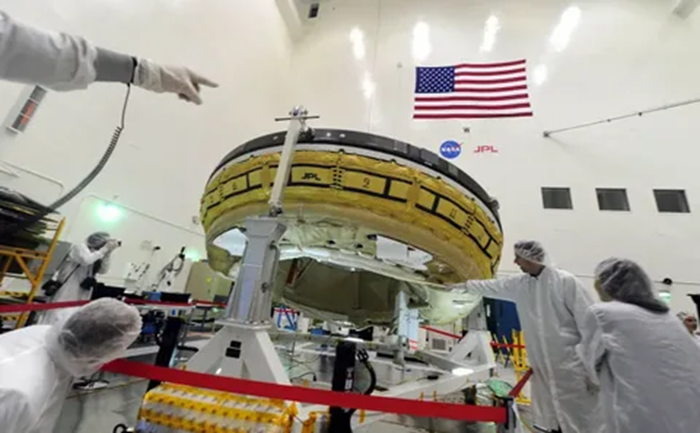Currently, America occupies a dominant position in the scientific field. The number of issued patents is 77,501. The share of the total scientific output is 21.2%.
Americans have more Nobel Prizes and more scientific papers in peer-reviewed journals than citizens of any other country. Even the global financial crisis did not become an obstacle for science – its funding was carried out at an accelerated pace – 6.5% with GDP growth of only 3.3%. Moreover, recently, the growth of expenditure on science has been mainly due to private sources.
America is also attractive to young scientists from all over the world – almost 40% of American scientists and engineers were born abroad, and the percentage of foreigners among holders of master’s and doctoral degrees is steadily increasing (in 2003-2007 by 2%).
Nevertheless, it is necessary to note the negative trend of a relative (but not absolute) decrease in the influence of the USA in the scientific world. At the turn of the 20th and 21st centuries, the share of Americans in the number of patents received, scientific publications, and production of high-tech products began to decrease. And at the same time, Asia, and especially China, began to play an increasingly important role – this country accounts for 10.2% of all scientific publications in the world [24]. Although a number of researchers note that the phenomenon of the rise of Chinese science is predominantly extensive in nature.

